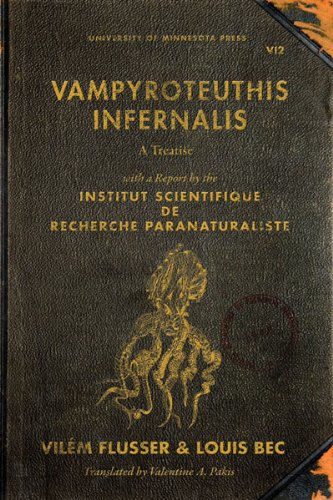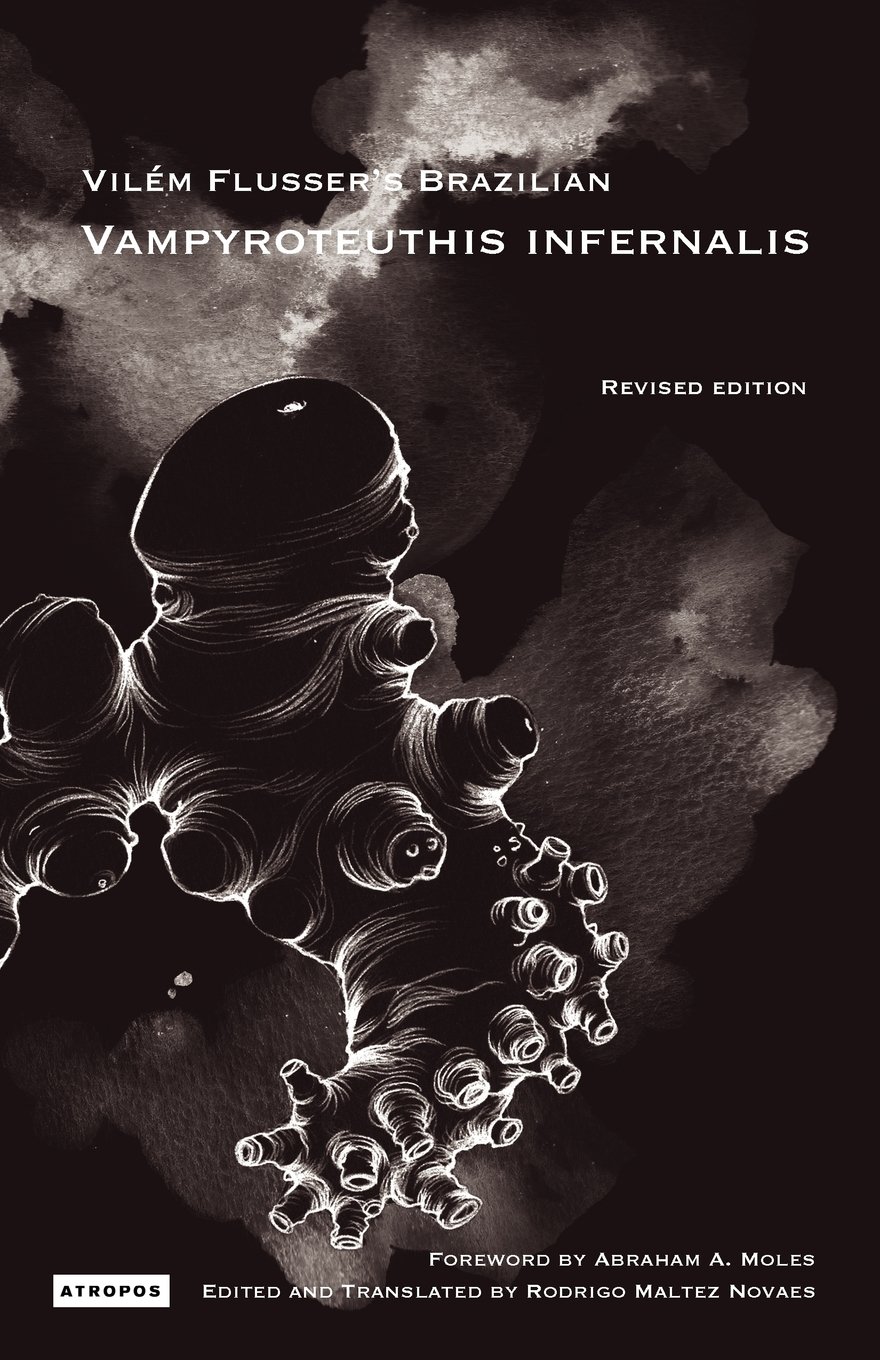The Anthropocene Review, 2(2): When and How Did the Anthropocene Begin? (2015)
Filed under journal | Tags: · anthropocene, climate crisis, earth, environment, geology, human, science

“In March of this year, Nature published a stimulating article by Simon Lewis and Mark Maslin entitled Defining the Anthropocene (Lewis and Maslin, 2015). In it, they proposed criteria for determining the formal onset of the Anthropocene Epoch and from these, derived new starting dates. They proposed two alternatives, ad 1610 and ad 1964. The former date lies some two centuries before the date proposed by Crutzen and Stoermer (2000) in their paper introducing and providing both a definition and a starting point for the Anthropocene. The latter date is over a decade later than an alternative and increasingly discussed onset date arising from Steffen et al.’s paper (2007) identifying a ‘Great Acceleration’ in detectable human impact on the Earth System beginning in the mid 20th century. These new proposals have provoked a great deal of interest and debate.
In this issue of The Anthropocene Review, we have tried to provide a timely account of this debate. The first four papers comprise contrasted ‘comments’ on the Nature article, followed by ‘replies’ from its authors. The issues raised are far from forming a sterile debate on starting dates. They are full of, and indeed go well beyond, the engaging scientific basis upon which the contrasted points of view rest.” (from the Editorial)
Editor: Mike Oldfield
Publisher Sage, August 2015
ISSN 20530196
91 pages
PDF (2 MB)
Comment (0)Philippe Descola: Beyond Nature and Culture (2005–)
Filed under book | Tags: · animism, anthropology, cognitive science, culture, ecology, human, metaphysics, nature, ontology, relation, structuralism, totemism

“Philippe Descola has become one of the most important anthropologists working today, and Beyond Nature and Culture has been a major influence in European intellectual life since its French publication in 2005. At its heart is a question central to both anthropology and philosophy: what is the relationship between nature and culture?
Culture—as a collective human making, of art, language, and so forth—is often seen as essentially different from nature, which is portrayed as a collective of the nonhuman world, of plants, animals, geology, and natural forces. Descola shows this essential difference to be, however, not only a specifically Western notion, but also a very recent one. Drawing on ethnographic examples from around the world and theoretical understandings from cognitive science, structural analysis, and phenomenology, he formulates a new framework, the “four ontologies”— animism, totemism, naturalism, and analogism—to account for all the ways we relate ourselves to nature.”
First published as Par-delà nature et culture, Gallimard, Paris, 2005.
Translated by Janet Lloyd
Foreword by Marshall Sahlins
Publisher University of Chicago Press, 2013
ISBN 0226144453, 9780226144450
xxii+463 pages
Reviews: David Berliner (Anthropological Quarterly, 2010), Des Fitzgerald (Somatosphere, 2013), Gildas Salmon & Pierre Charbonnier (Journal of the Royal Anthropological Institute, 2014), Céline Grandjou (Humanimalia, 2014), Tim Frandy (Journal of Folklore Research, 2014), Michael W. Scott (Anthropology of This Century, 2014), Voytek Lapinski (n.d.).
Book symposium: Lenclud, Helmreich, Feuchtwang, Kapferer, Toren, Lambek, Coelho de Souza, Descola (Journal of Ethnographic Theory, 2014, pp 363-443).
Comment (0)Vilém Flusser, Louis Bec: Vampyroteuthis Infernalis: A Treatise, with a Report by the Institut Scientifique de Recherche Paranaturaliste (1987–)
Filed under book | Tags: · animal, art, biology, communication, human, philosophy


“How far apart are humans from animals—even the “vampire squid from hell”? Playing the scientist/philosopher/provocateur, Vilém Flusser uses this question as a springboard to dive into a literal and a philosophical ocean. “The abyss that separates us” from the vampire squid (or vampire octopus, perhaps, since Vampyroteuthis infernalis inhabits its own phylogenetic order somewhere between the two) “is incomparably smaller than that which separates us from extraterrestrial life, as imagined in science fiction and sought by astrobiologists,” Flusser notes at the outset of the expedition.
Part scientific treatise, part spoof, part philosophical discourse, part fable, Vampyroteuthis Infernalis gives its author ample room to ruminate on human—and nonhuman—life. Considering the human condition along with the vampire squid/octopus condition seems appropriate because “we are both products of an absurd coincidence . . . we are poorly programmed beings full of defects,” Flusser writes. Among other things, “we are both banished from much of life’s domain: it into the abyss, we onto the surfaces of the continents. We have both lost our original home, the beach, and we both live in constrained conditions.”
Thinking afresh about the life of an “other”—as different from ourselves as the vampire squid/octopus—complicates the linkages between animality and embodiment. Odd and strangely compelling, Vampyroteuthis Infernalis offers a unique posthumanist philosophical understanding of phenomenology and opens the way for a nonphilosophy of life.”
First published as Vampyroteuthis infernalis. Eine Abhandlung samt Befund des Institut Scientifique de Recherche Paranaturaliste, Immatrix Publications, Göttingen, 1987.
English edition
Translated by Valentine A. Pakis
Publisher University of Minnesota Press, 2012
Posthumanities series
ISBN 9780816678211
104 pages
Another English translation, from the original, unpublished and extended Brazilian-Portuguese version of the manuscript found at the Vilém Flusser Archive at UDK, Berlin
Edited and Translated by Rodrigo Maltez Novaes
With a Foreword by Abraham A. Moles
Publisher Atropos, New York and Dresden, 2011
Interventions series
ISBN 9780983173410
158 pages
Reviews: Colin Dickey (Los Angeles Review of Books, 2012), Lidia Zuin (n.d.).
Publisher: Minnesota UP, Atropos
WorldCat: Minnesota UP, Atropos
PDF (trans. Valentine A. Pakis from DE book, 2012, 10 MB, no OCR)
PDF, ARG (trans. Rodrigo Maltez Novaes from BR-PT manuscript, 2011)

